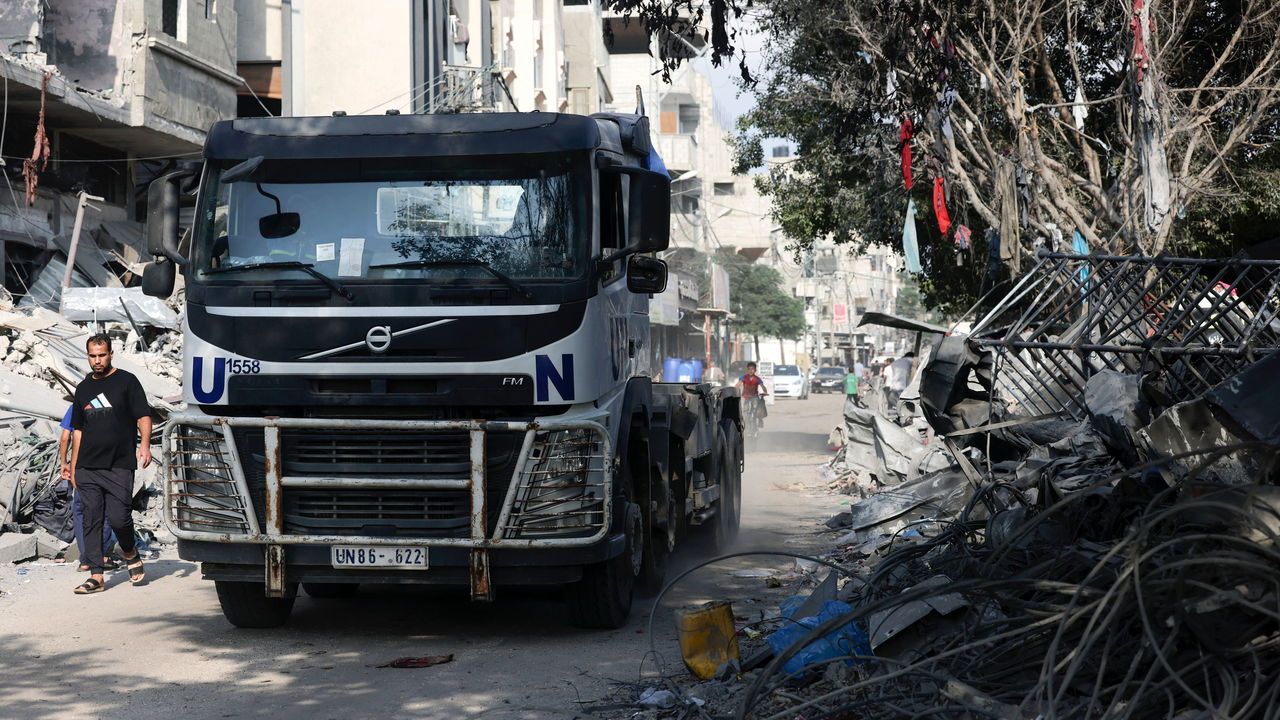The difference between a “ceasefire” and a “humanitarian pause”
And why it matters

AS THE FIGHTING in the Gaza Strip between Israel and Hamas intensifies, so do the calls for a “ceasefire”—or a “humanitarian pause”. An emergency joint summit of the Arab League and the Organisation of the Islamic Conference in Saudi Arabia on November 11th, for instance, called for the former. Two days later the 27 member states of the European Union reiterated their support for the latter. America will also only support pauses, as will the G7 group of rich countries. The UN, by contrast, has backed a ceasefire. Israel itself categorically rejects a ceasefire, but on November 9th agreed to implement daily four-hour “humanitarian pauses” in northern Gaza. So what is the difference between the two, and why does this divide countries and international organisations?
More from The Economist explains

Who will lead Britain’s Conservative Party?
Here are the four candidates vying for the daunting job

When can parents be held responsible for their children’s crimes?
Mass shootings by young assailants are raising the question

Will the debate between Kamala Harris and Donald Trump matter?
Normally presidential match-ups hardly move the needle—but this is no ordinary year
What are the Murdochs fighting about in a secret Nevada court?
The outcome could shape the political orientation of the family’s media empire
The battle between drones and helicopters in Ukraine
Small cheap drones could pose a new threat to expensive Russian craft
A short history of political meddling with the Federal Reserve
Donald Trump’s attacks on the Fed are a throwback to the era before central-bank independence
